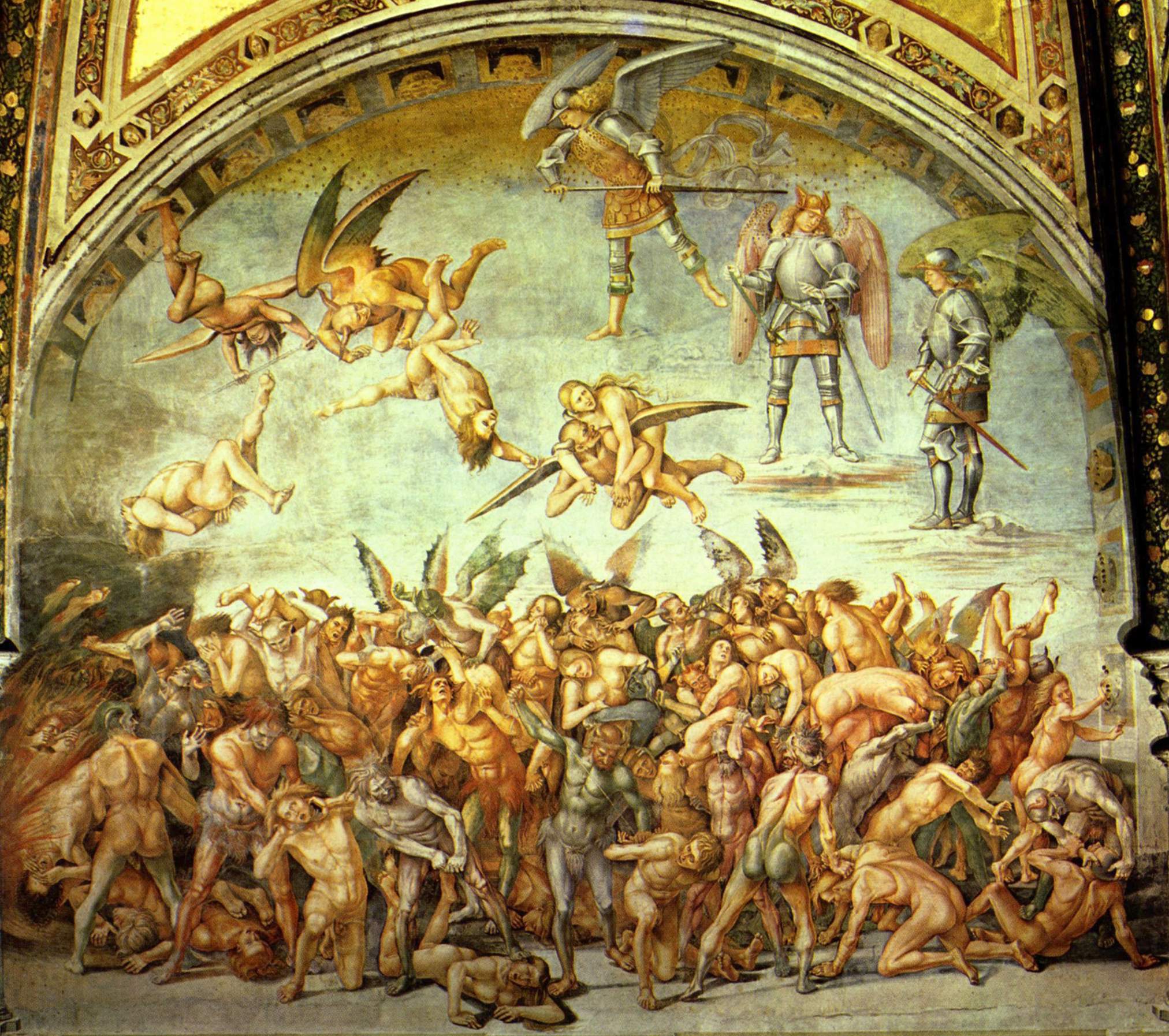It was twenty years ago today that a plane carrying the presidents of Rwanda and Burundi was shot down in what would prove to be the opening act of one of the most hellish episodes in human history. Bypassing the civil authorities who should have been in charge in the aftermath of President Habyarimana's assassination, so-called Hutu Power advocates in the Rwandan military and government unleashed a premeditated program of genocide against the Tutsi and moderate Hutu of Rwanda. It turned the country into a macabre spectacle of death and destruction that lasted until the rebel forces of the Rwandan Patriotic Front managed to fight their way into Kigali in July. Over 800,000 were people killed in the genocide, most of them with machetes, hatchets, and hoes.
Most of the journalists, embassy officials, aid workers, and others who could have documented the Rwandan genocide fled the country in the first few days after the killing began. But some images have been preserved in photographs and in video, especially from the period immediately after the genocide ended when some journalists began to return. The incredible scope of the killing meant that evidence--in the form of bodies left unburied--was everywhere. There were visions of Hell at every turn.
What is Hell like? In Christendom from an early era, the ceilings and walls of cathedrals and monasteries commonly featured artistic depictions of Hell. For the church, an institution focused on salvation, it was important to spell out what the alternative to salvation might be. Thus, Luca Signorelli frescoed one of the walls of the Capella della Madonna di San Brizio in the Cathedral of Orvieto with the scene below.
 |
| Luca Signorelli, The Damned Taken to Hell and Received by Demons (1500-1503) |
The triptych below by Hans Memling, now in the National Museum in Gdansk, Poland, offers another vision of Hell.
.jpg) |
| Hans Memling, The Last Judgment (1466-73) |
These and many other representations of the damned being consigned to Hell aim to convey the human condition in its most grotesque, terrifying, and helpless form. But the imaginations of some of the world's greatest artists pale in comparison with the hellish scenes captured on film in the aftermath of the Rwandan genocide.
The links that follow will take you to some of the photographs available online. The images are, in most instances, graphic and disturbing.
French photographer Gilles Peress traveled to Rwanda soon after the genocide. A selection of his photos, including some from the interior of the cathedral in Nyarubuye, where perhaps 10,000 Tutsi were killed over the course of three days beginning on April 15, can be viewed
here. A photo essay by Jens Meierhenrich showing the Nyarubuye Parish as it appears today is posted
here as part of a website focused on genocide memorials in Rwanda.
Australia-born Jack Picone has a portfolio of photographs from Rwanda, many of them very disturbing,
here.
Michael S. Williamson photographed scenes at the Benaco refugee camp during the genocide. Some of his images were published recently on the
Washington Post's WorldView blog
here.
Finally, there is a large trove of videos, photos, survivor testimonies, and more on the website of the
Genocide Archive Rwanda.


.jpg)